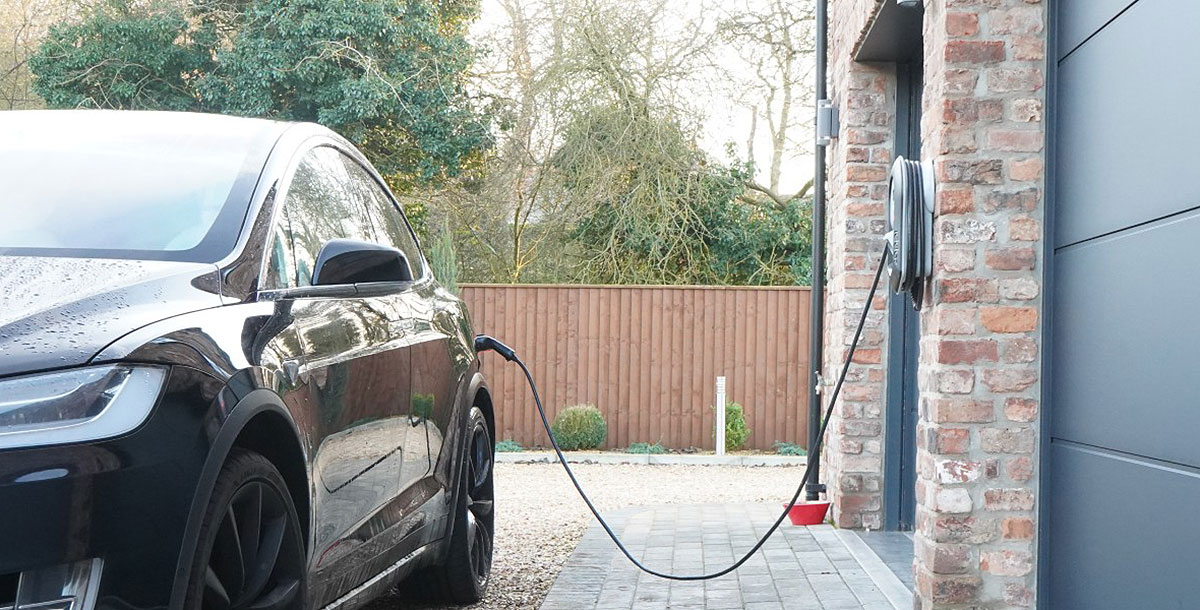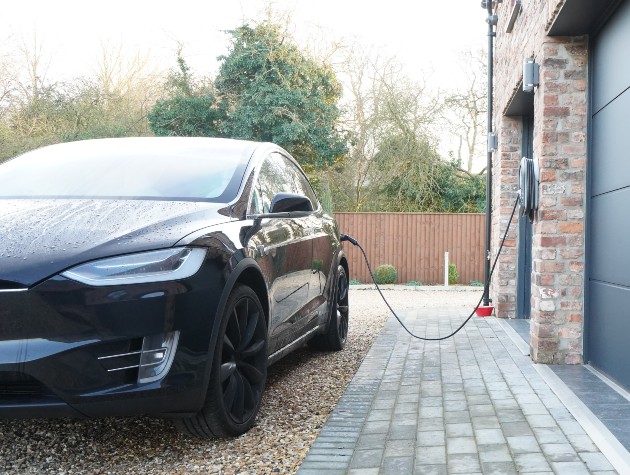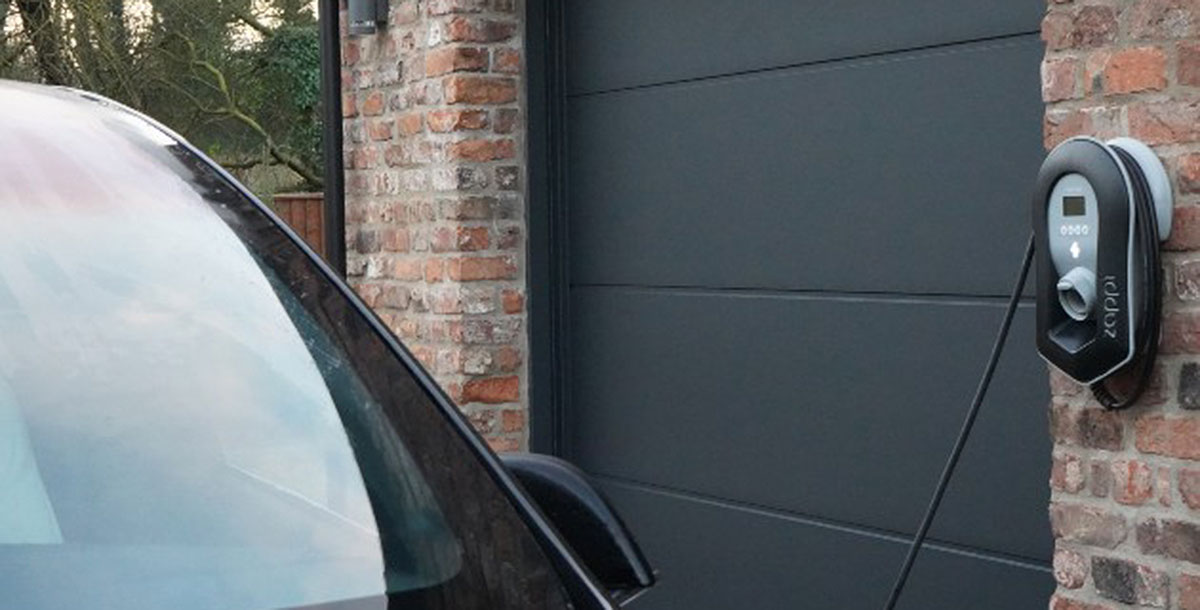What do I need at home?
By installing an EV (electric vehicle) charger at home or at work, you’ll be able to charge up your vehicle without searching for a petrol station that has one. Some of the latest leaps forward in electric charging mean that you’ll be able to use wind or solar energy to do so.
Products such as myenergi’s zappi work as a standard EV charger, but with the unique option of using 100% green energy from your own wind generation setup or solar panels. Paired with the myenergi app, it’s an intelligent, elegant approach to electric vehicle charging.
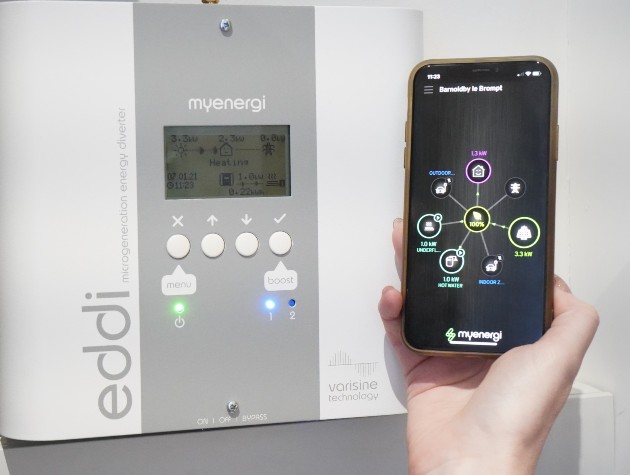
Photo: myenergi
Where do I install an electric charger?
Electric chargers have become increasingly smart and sophisticated, and the latest models are simple to install and don’t require an earth rod. You can find an approved installers list recommended by myenergi here, a company committed to driving the charge to a greener future.
They’ll need to be off road, but can be installed on walls, garages and other areas of your property – your installer can discuss the best possible location with you.
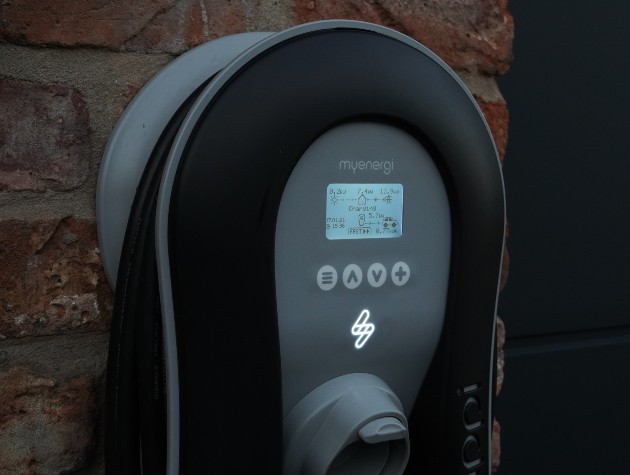
Photo: myenergi
How can I get a grant?
With ambitious carbon targets, it makes sense that the government is looking to incentivise the uptake of electric vehicles. One way of doing this is through the OZEV (Office for Zero Emission Vehicles) grant, formerly known as the OLEV (Office for Low Emission Vehicles) grant. It’s also known as the EVHS, or Electric Vehicle Homecharge Scheme, and the Government website details the application criteria, including which vehicles are eligible to claim it.
The government will pay an amount – currently £350 – towards the purchase and installation of your charger at home or work if you have an EV or will be purchasing one within four months of the application. You’ll need to have off-street parking and the charger must be fitted by an OZEV approved installer.
Discover more about OZEV, the electric car grant, with myenergi’s helpful blog, which also highlights other available grant schemes.

RELATED ARTICLES

